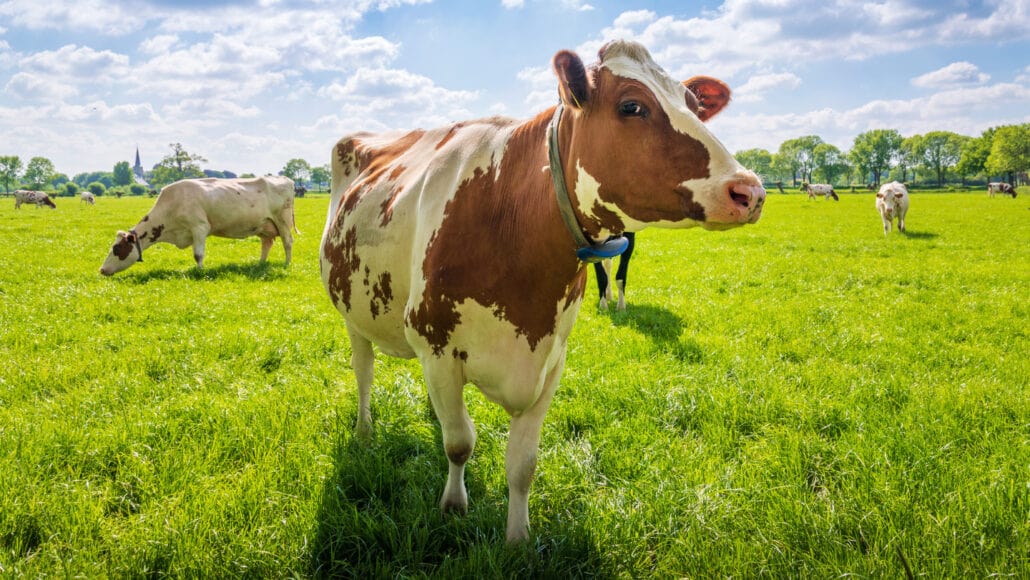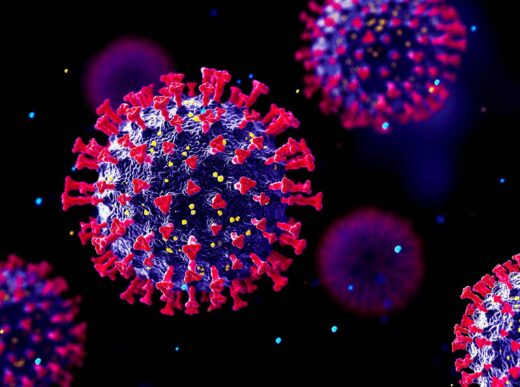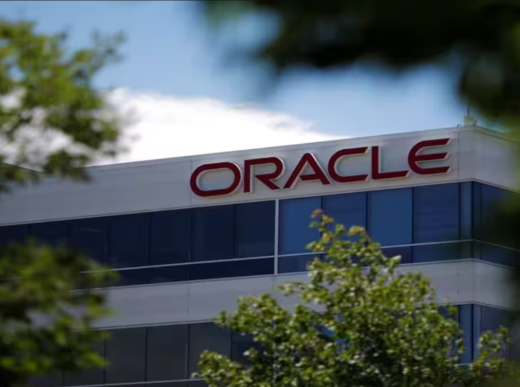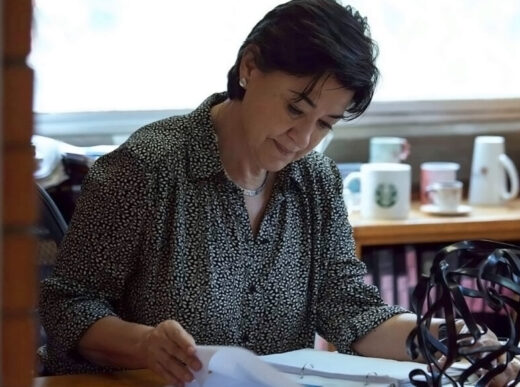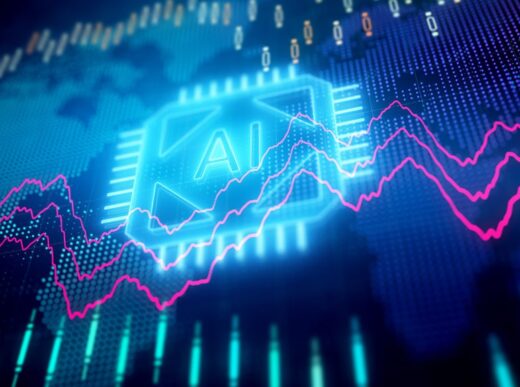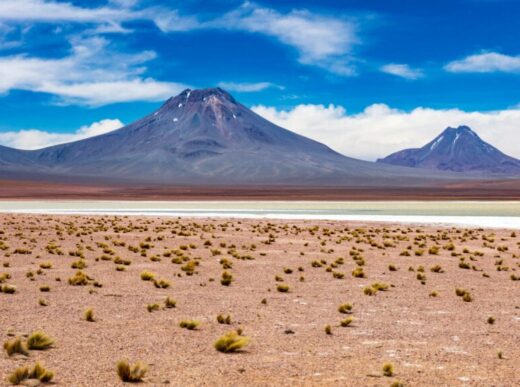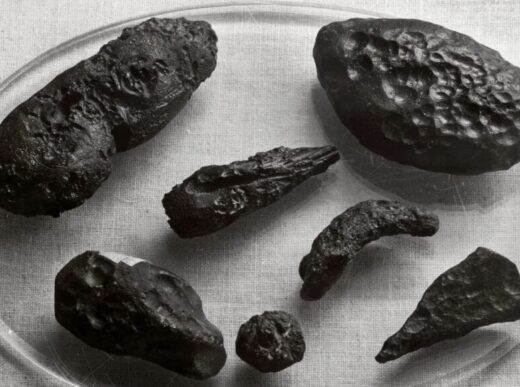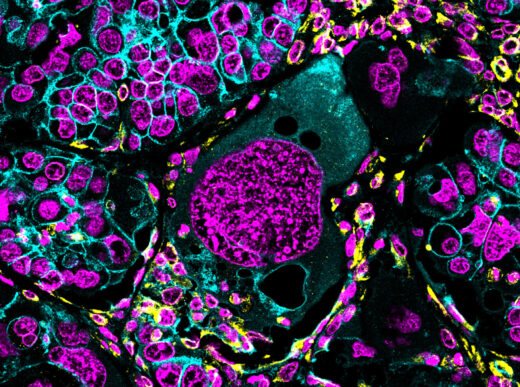The world grapples with an urgent challenge: cow agriculture, a prodigious source of methane, an insidious climate-warming gas. As cows graze on fields, they emit methane through digestion and feces decomposition, further exacerbating global warming. A glimmer of hope emerges from the ocean’s depths, embodied by red algae, renowned for their methane-inhibiting prowess. Recent research unveils a groundbreaking approach – infusing cow feces with the methane-curbing red algae. By quelling methane production within feces, the research charts a path toward alleviating cattle-induced methane emissions, casting a spotlight on an innovative strategy that promises a greener future.
Unmasking Cow Agriculture’s Methane Challenge
The quintessential image of cows grazing across picturesque landscapes belies an alarming reality: cow agriculture contributes significantly to escalating methane levels, a potent climate change catalyst. This methane, emanating predominantly through cows’ gut processes and feces decomposition, presents a formidable challenge to environmental sustainability. With nearly a quarter of global methane emissions attributed to cow agriculture, a dire need emerges to curtail this phenomenon and forge a sustainable path forward.
Red Algae’s Promising Role in Methane Reduction
In the heart of this predicament lies an unexpected ally: red algae, Asparagopsis taxiformis, renowned for its methane-inhibiting attributes. Pioneering research unveils that incorporating minute quantities of this algae into cow feces yields remarkable outcomes. The researchers’ findings underscore a remarkable 44 percent reduction in methane production within feces, illuminating a groundbreaking approach to mitigate methane emissions. This discovery illuminates a beacon of hope, heralding a novel avenue to transform the landscape of cattle farming and its climate impact.
Exploring the Algae-Feces Interaction
To decipher the intricacies of this innovation, researchers embarked on an exploration into the intricate dance between red algae and cow feces. The study delved into the implications of infusing cow feed with Asparagopsis taxiformis, unraveling its role in diminishing methane production. As scientists navigated this uncharted territory, their findings unearthed profound insights that could revolutionize methane emission reduction strategies.
Red Algae: A Methane-Mitigating Marvel
The magic of red algae’s methane-mitigating prowess resides in its organic compound, bromoform, which disrupts the enzymatic process underpinning methane production. This revelation spurred researchers to ponder whether integrating red algae directly into cow feces could yield a tangible reduction in methane emissions. The ingenious strategy aimed to circumvent potential concerns about dairy product contamination while effectively curbing methane emissions at the source.
The Intricacies of Feces-Methane Interaction
The delicate interplay between red algae and cow feces was meticulously unraveled in the laboratory. As cow feces, both infused and uninfused with red algae, underwent decomposition, intriguing patterns emerged. While the methane production within the feces was indeed influenced by the presence of algae, the subsequent decomposition process showcased a distinct trajectory.
Feces as a Methane Source: Dairy Cows in Focus
Delving into the broader context of cattle types, researchers shed light on the nuances of methane emissions. Dairy cows, in particular, face a distinctive challenge due to the anaerobic environments they inhabit, which foster methane-producing bacteria. This distinction emphasizes the pertinence of innovations that target methane emission reduction in dairy cow agriculture, where methane emissions from feces stand as a critical concern.
Overcoming Challenges and Envisioning the Future
While the promise of red algae-infused cow feces holds immense potential, challenges loom on the horizon. The viability of large-scale A. taxiformis production and concerns about toxicity pose formidable obstacles. However, researchers remain undeterred, embracing innovative feed additive technologies that harness the essence of red algae extracts, thereby mitigating the risks while pursuing the promise of methane reduction.
Conclusion: Pioneering a Greener Tomorrow
As the curtain falls on this exploration, a transformative revelation emerges. The integration of red algae into cow feces illuminates a pioneering pathway to rein in methane emissions. This ingenious strategy aligns with the clarion call for sustainable solutions, offering a beacon of hope amidst the challenge of cow agriculture’s methane impact. As scientists continue to refine and innovate, the prospect of a greener tomorrow beckons, fueled by the resilience of human ingenuity and nature’s remarkable secrets.
